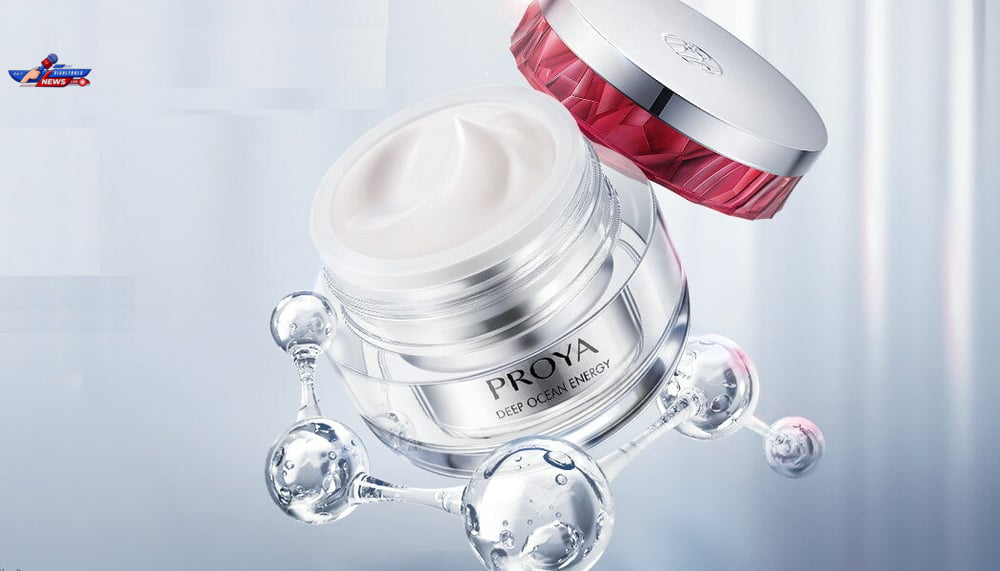Exploring Strategic Acquisitions for Global Growth
Leading Chinese cosmetics companies such as Proya and S’Young are strategically acquiring smaller foreign competitors to broaden their product range and emulate the success of worldwide giants like L’Oreal and Estée Lauder. This move comes as they face a slowdown in the domestic market.
Understanding the Market Dynamics
Despite being lesser-known on the international stage, these companies have achieved considerable success within China, managing to outperform many global brands in local market shares. Nonetheless, the ongoing real estate crisis coupled with stagnant wage increases and job security concerns have curbed consumer expenditures within China. This situation necessitates a pivot towards international markets for sustained growth.
The Vision of Chinese Beauty Leaders
Proya’s Global Aspirations
Proya Cosmetics, under the leadership of founder Hou Juncheng, aims to position itself among the top ten global beauty brands. With a bold vision, Hou revealed plans to acquire European brands which are revered for their heritage and technological advances to shareholders. Currently, Proya is the first Chinese beauty brand to exceed the annual revenue benchmark of 10 billion yuan, signaling its readiness for global expansion.
S’Young and Ushopal’s Successful Acquisitions
Not lagging, S’Young has already acquired prestigious brands like French skincare line Evidens de Beaute and American brand ReVive. Similarly, Ushopal has enhanced its portfolio by incorporating French brand Payot along with other notable European names. These acquisitions do not just diversify their revenue streams but also reduce their dependence on the fluctuating Chinese market.
Acquisitions: A Strategy for Expansion and Innovation
Historically, mergers and acquisitions (M&A) have played a crucial role in the growth trajectories of beauty industry titans. Taking a leaf from their book, Chinese beauty brands seek to bolster their global presence and product offerings through these strategic acquisitions. This approach, however, comes with its set of challenges, especially when managing operations across different cultural landscapes.
Experts like Gregoire Grandchamp, who specializes in advising Chinese firms on international deals, believe that the target is likely set on premium European brands valued below $500 million. He predicts a significant rise for a major Chinese player akin to the likes of L’Oreal or Estée Lauder in the foreseeable future.
Overcoming International Expansion Challenges
William Lau of Ushopal points out that the intricacies of global M&A are demanding, advocating for a balanced approach to managing newly acquired brands. The consensus among industry experts like Mark Tanner of China Skinny suggests that providing capital and opening market access, rather than full management overhauls, might be the key to successful integrations.
By leveraging these strategic acquisitions, Chinese beauty brands not only aspire to elevate their status on the global stage but also to innovate and adapt to diverse consumer needs around the world.





